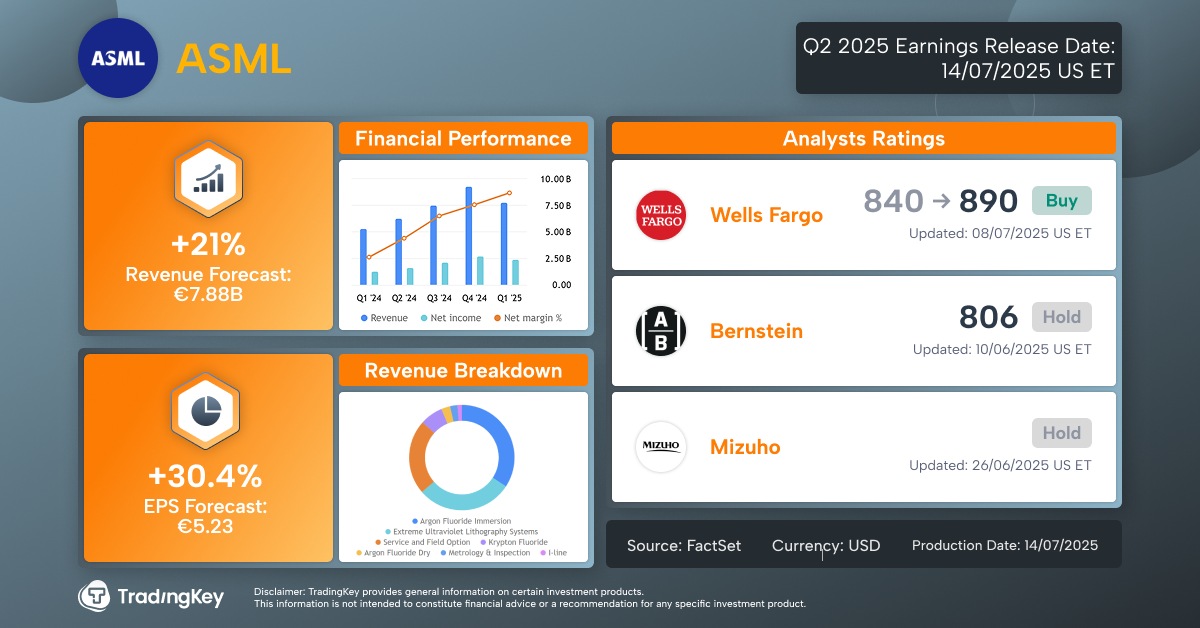Why Peloton Stock Lost 20% in the First Half of the Year

Key Points
The connected fitness company pulled back as consumer sentiment fell.
Revenue continued to decline at Peloton, though it made progress in cost cutting.
A turnaround depends on returning the top line to growth.
Peloton Interactive's (NASDAQ: PTON) woes have continued so far this year as the connected fitness company is still struggling to grow and turn a profit as it's been unable to overcome its post-pandemic collapse.
While some investors continue to hope for a turnaround, there was little sign of one in its two quarterly reports through the first half of the year. The stock also fell in June when the Senate blocked spending from Health Savings Accounts (HSAs) on gym memberships and personal fitness activities.
Where to invest $1,000 right now? Our analyst team just revealed what they believe are the 10 best stocks to buy right now. Learn More »
Through the first half of the year, the stock was down 20% according to data from S&P Global Market Intelligence.
As you can see from the chart below, the stock fell through February and March, and only managed a modest recovery in the second quarter even though the broad market soared.
Peloton is still moving backwards
After announcing last year that Barry McCarthy would step down as CEO, the company began the year with a new chief executive, Peter Stern, who is a co-founder of Apple Fitness.
Peloton shares were up briefly in February as investors bid the stock higher after its Q2 earnings report on Feb. 6 even though the business continued to struggle.
Revenue fell 9% to $673.9 million, and subscribers and members both fell. The company also managed to flip a $81.7 million adjusted earnings before interest, taxes, depreciation, and amortization (EBITDA) loss from the quarter the year before to a profit of $58.4 million.
Later in February and into March, the stock began to fall even as there was no company-specific news out. Instead, the stock seemed to fall in response to weakening consumer sentiment and the broader decline in the stock market. As a seller of high-priced exercise equipment, Peloton is clearly sensitive to consumer spending. In April, the company announced a leadership transition, bringing in Charles Kirol as COO.
In its fiscal Q3 earnings report, revenue fell again, declining 13% to $624 million, though its cost-cutting efforts paid off as it continued to narrow its generally accepted accounting principles (GAAP) net loss, which improved from $167.3 million to $47.7 million.
On June 17, the stock fell 12% as the Senate removed a provision from a bill to allow health savings accounts (HSAs) to be used for things like Peloton equipment.

Image source: Peloton.
What's next for Peloton
Peloton is making progress on the bottom line thanks to its cost-cutting strategy, and it did raise its revenue guidance in its most recent report.
However, it's hard to say that its turnaround strategy is working until the company is able to demonstrate steady growth in both revenue and subscribers. It could take a while for the company to get back there.
Should you invest $1,000 in Peloton Interactive right now?
Before you buy stock in Peloton Interactive, consider this:
The Motley Fool Stock Advisor analyst team just identified what they believe are the 10 best stocks for investors to buy now… and Peloton Interactive wasn’t one of them. The 10 stocks that made the cut could produce monster returns in the coming years.
Consider when Netflix made this list on December 17, 2004... if you invested $1,000 at the time of our recommendation, you’d have $674,432!* Or when Nvidia made this list on April 15, 2005... if you invested $1,000 at the time of our recommendation, you’d have $1,005,854!*
Now, it’s worth noting Stock Advisor’s total average return is 1,049% — a market-crushing outperformance compared to 180% for the S&P 500. Don’t miss out on the latest top 10 list, available when you join Stock Advisor.
*Stock Advisor returns as of July 7, 2025
Jeremy Bowman has no position in any of the stocks mentioned. The Motley Fool has positions in and recommends Peloton Interactive. The Motley Fool has a disclosure policy.


 (1).jpg)



